see dtl’s ExquisiteFonts website!
| Home | Search | Site index | About | Contact |
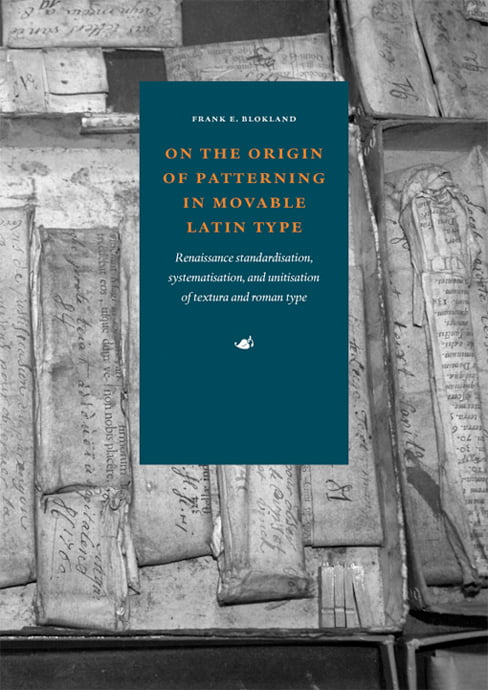
Frank E. Blokland’s PhD dissertation
The dtl [Gros] Canon Project started already more than 30 years ago with the development of dtl Flamande. In 1992 at the Didot seminar in Hamburg, Germany, Matthew Carter showed Frank E. Blokland a revival that he had modeled after the Canon Flamand and the Parangonne Flamande (both dating from 1570–1571) from the Flemish Renaissance punchcutter Hendrik van den Keere (ca. 1540–1580). At the time of the seminar Blokland was working on dtl VandenKeere, based on Van den Keere’s Reale Romaine (1575). In Hamburg Carter granted the Dutch Type Library the rights on his textura revival.
The character set of dtl Flamande was a bit incomplete for modern standards and Blokland wanted to enhance this with roman capitals. After all, Plantin combined Van den Keere’s ‘Grasses capitales de 3 regles mediane’ with the lowercase of the Canon Flamand in his Psalterium from 1571. These additions were actually made 25 years after dtl obtained the rights on Flamande.
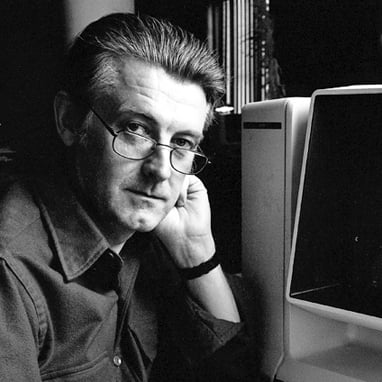
Matthew Carter
For completing the character set and for adding the roman capitals, Lukas Schneider, a former student of Blokland who successfully graduated at the renowned Expert class Type design (EcTd) course in Antwerp and who also holds a master’s degree from the kabk TypeMedia course in The Hague, was invited. Schneider was already familiar with the Renaissance type-production processes, because he developed the ls Cadencer application using Blokland’s algorithms based on the distilled patterning from archetypal type. Schneider also developed revivals of Van den Keere’s Gros Canon Romain and Canon d’Espaigne for the Dutch Type Library.
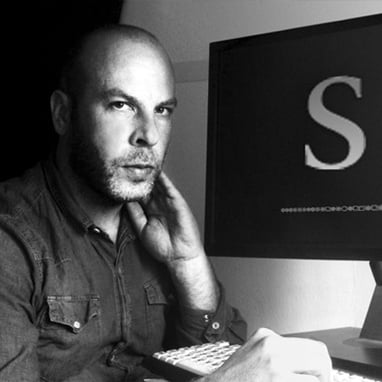
Lukas Schneider
The dtl [Gros]Canon Project focuses on the standardization aspect and brings three unexpectedly related models back to the same body size, this way revealing the similarities in weight and proportions. The project actually consists of two parts. The first part comprises the digitization of three typefaces from Van den Keere: Canon Flamand (textura type, 1571), Gros Canon Romain (roman type, 1573), and Canon d’Espaigne (rotunda type, 1574). These three apparently completely different models show an unexpectedly far-reaching intrinsic systematization and standardization across them.
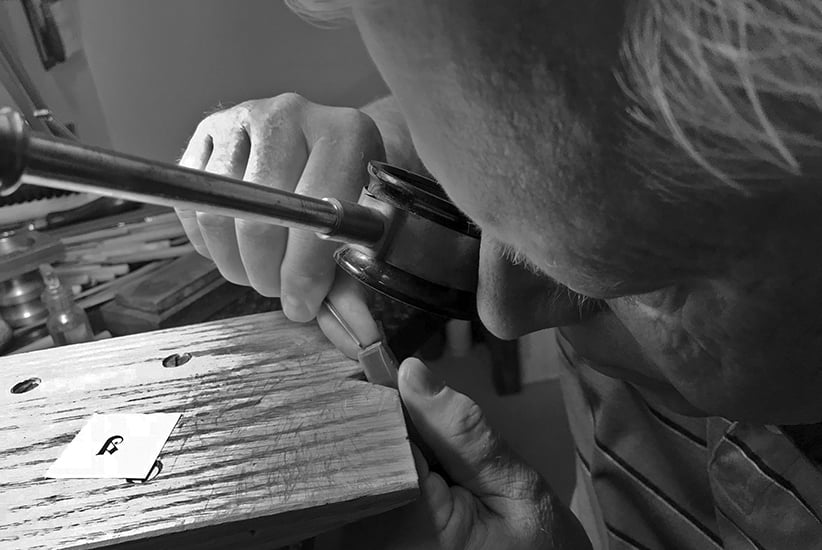
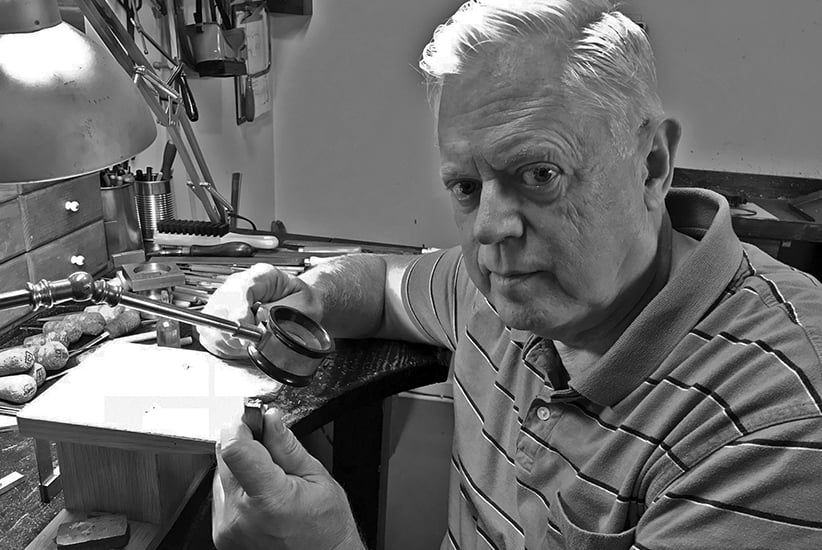
Stan Nelson cutting a punch based on dtl SpanishCanon
The second part of the dtl [Gros]Canon Project comprises the cutting of a small number of punches and the striking of related matrices, based on the aforementioned three digital revivals, by the world-famous punchcutter Stan Nelson. This punchcutting process actually closes the circle: historical foundry material was thoroughly investigated to produce digital revivals and in turn the revivals form the basis for reproductions in punches, matrices, and eventually foundry type. Nelson will scale the x-hight of the rotunda model to that of the roman, as shown in the image below. The roman and textura type were originally already made for the same body size, i.e., Gros Canon.
Regarding dimensions, the new matrices partly overlap the historical ones, which can be found in the exquisite collectie van het Museum Plantin-Moretus. However, they will make casting and comparison possible in a way that cannot be done with the original foundry material.
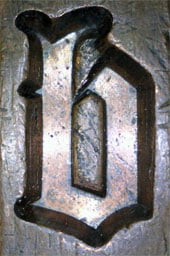
Gros Canon
Flamande
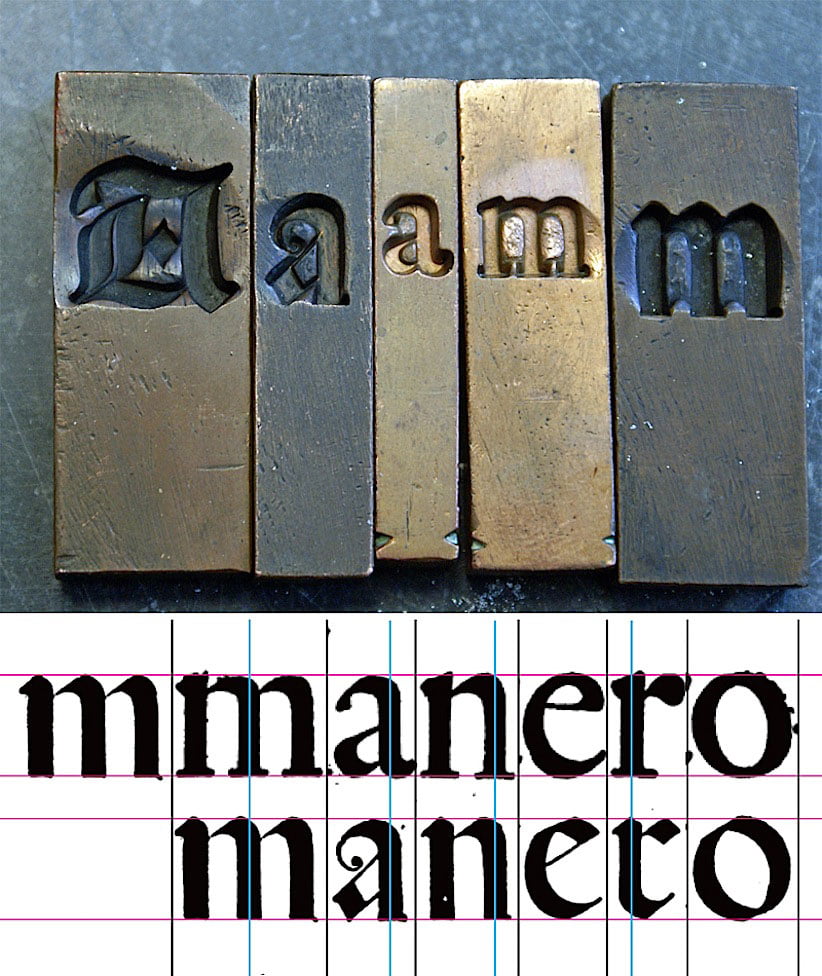
The Canon d’Espaigne and Gros Canon Romain compared
During the production of the three digital revivals, the outcomes of Blokland’s PhD research concerning the standardization and systematization of the Renaissance font production were taken into account. This research was conducted to test the hypothesis that Gutenberg and his peers developed a standardized, systematized, and even unitized system for the production of textura type, and that subsequently this system was used for the production of the morphologically related roman type. Blokland’s dissertation On the Origin of Patterning in Movable Latin Type is available from dtl’s Font Books Boutique.
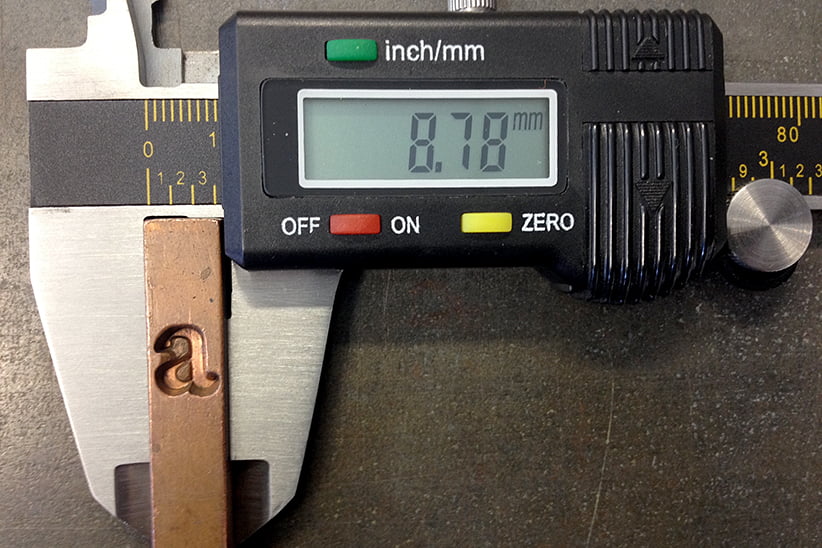
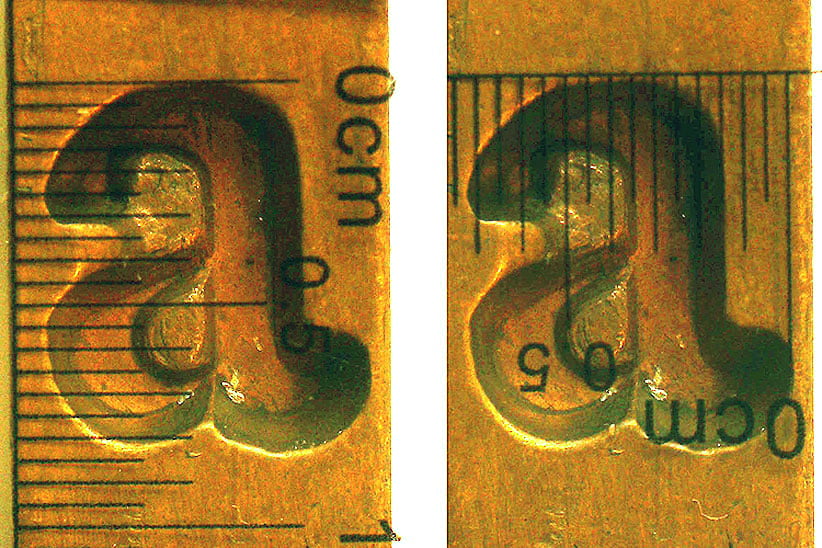
Measurements of the matrix of the Gros Canon Romain lowercase a
Search | Site index | Contact | Terms of use | Trademarks | Acknowledgements
Last update: 18 November 2024. Copyright © Dutch Type Library, 1998–2024. All rights reserved
dtl Headquarters | Zwaenenstede 49 | 5221 kc ’s-Hertogenbosch | The Netherlands
dtl Studio | Daliënwaerd 71 | 5221 ke ’s-Hertogenbosch | The Netherlands
phone: +31 (0)73 614 95 36 | fax: +31 (0)73 613 98 23 | e-mail: info@dutchtypelibrary.com